Hello and welcome to the Extreme Rigs Threadripper CPU Water Block Performance Review. Wow what a mouthful. We’re excited about this one, because after many years of CPU waterblocks essentially stagnating in design with only minor incremental improvements, things are finally different. AMD’s threadripper is a monster CPU not only in terms of size, but also the number of dies, cores and consequently power. This is a review where there will be definite winners and losers and where your choices matter more than just bragging rights.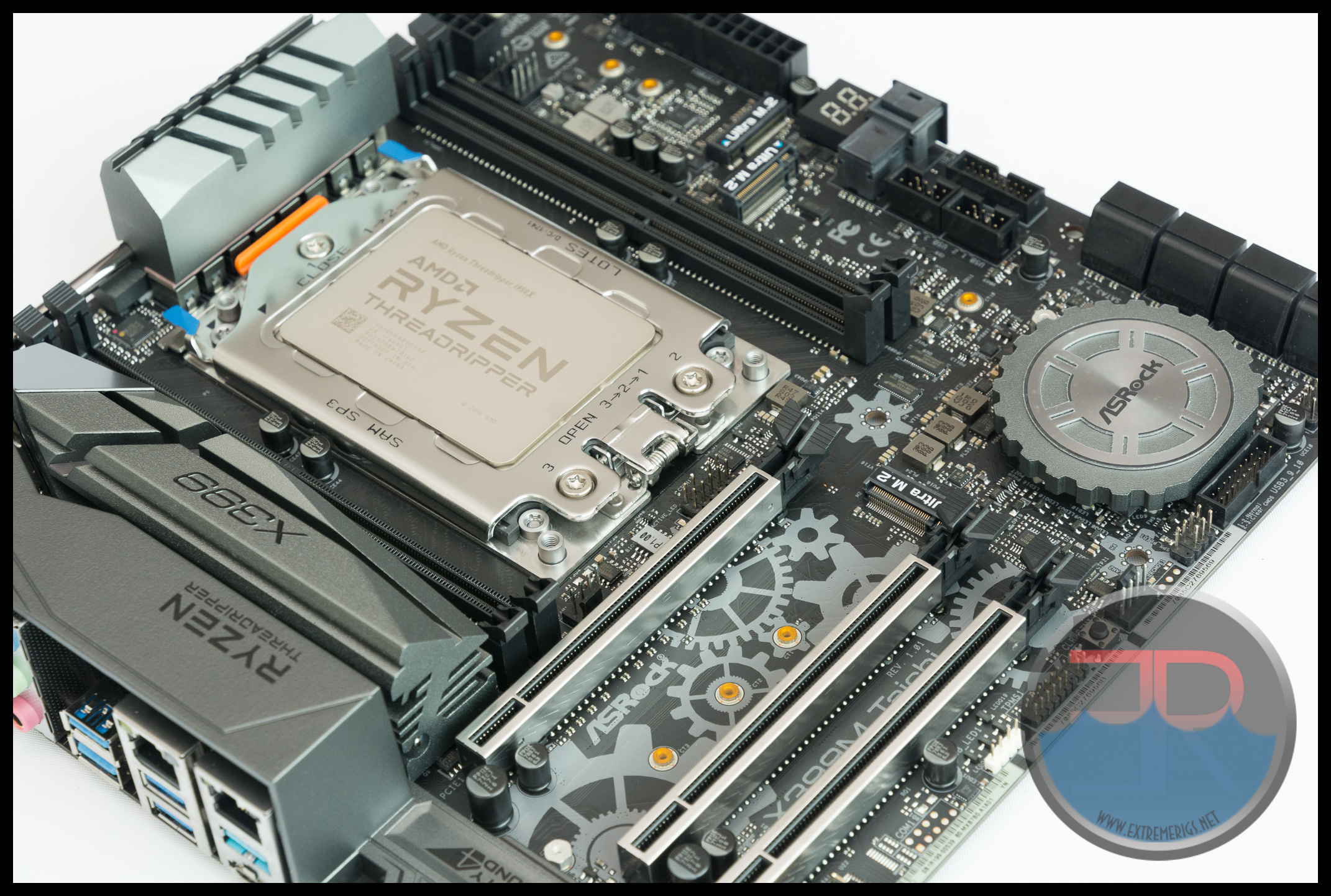
So let’s talk about Threadripper really quickly. We did our testing on the highest core count part of the first generation Threadripper. This is the 1950x part which has 16 cores. Under Threadripper’s large heatspreader (about the size of a credit card) are 4 discrete pieces of silicon called dies. This is in contrast to most CPUs which only typically use one piece of silicon. Depending on the threadripper part either 2 or all 4 of the dies are activated. Up to 16 cores will use 2 active dies and 2 dummy cores. With the new 2nd generation Threadripper launching there will be 24 and 32 core parts that will have all 4 dies activated.
So this is unusual – unlike a “normal” CPU the heat will no longer be concentrated in a single lump of silicon centered under the heatspreader. Instead there will be 2 or 4 dominant heat sources all of which are off center. So this is quite a major change and we will see how much the size of the water block cooling engine and the amount of block bow affect the cooling.
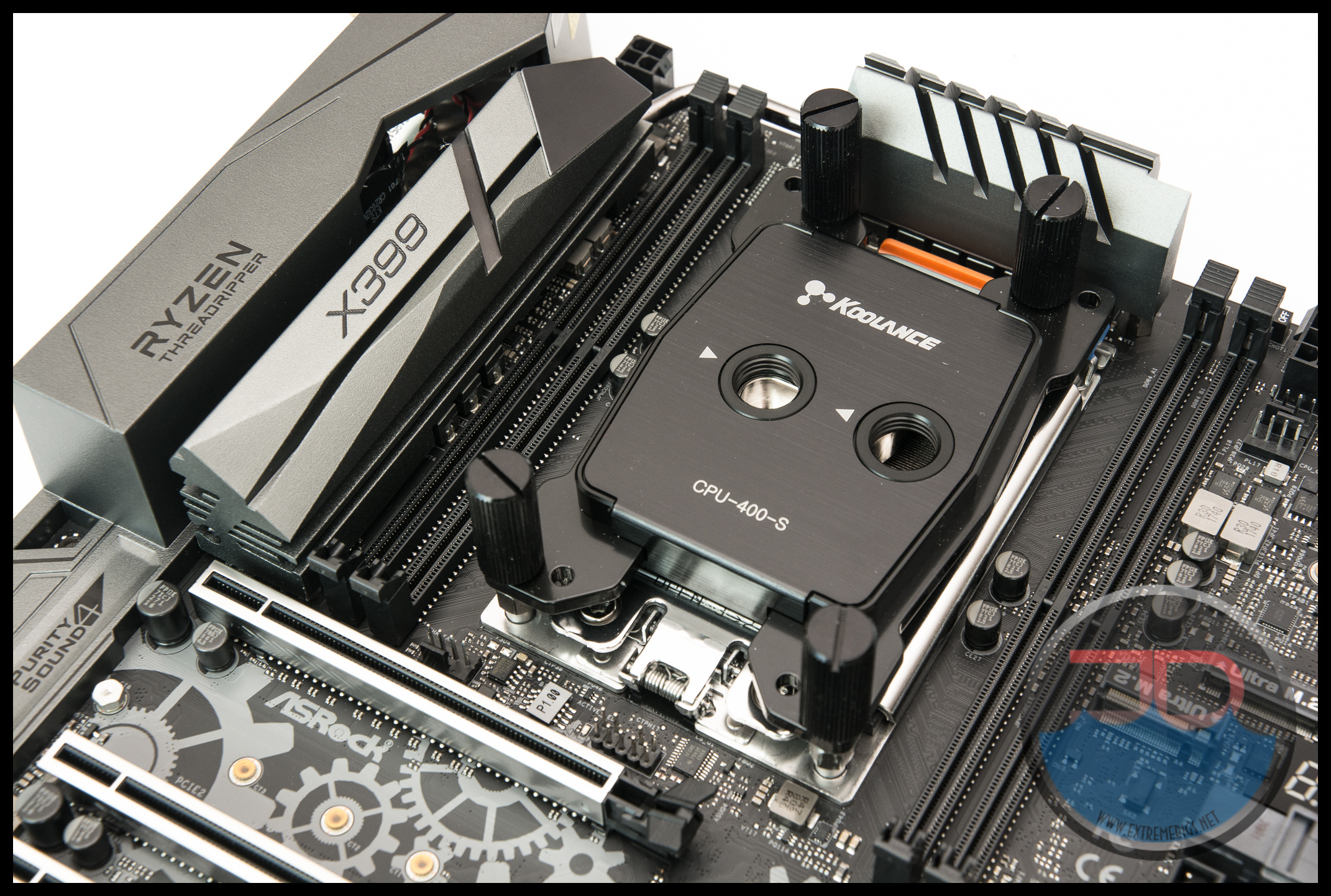 Threadripper is very very sensitive to temperature. AMD have tried to protect users from this sensitivity by offsetting the actual die temperature by 27 degrees celsius. Threadripper therefore reports Tctrl which stands for T control. Ostensibly this is for easier system integration as a lot of motherboards will control fan speed based on CPU temperature and AMD need to keep the temperature down. The reason for this is often explained that for longevity it’s best to keep a CPU cool. While that’s always true, there is not some magic weakness that makes AMD processors blow up at 75C Tdie, instead the more reasonable answer is that Threadripper becomes quite unstable with heat, most notably around 95C on Tctl (aka 68C on Tdie). Coincidentally that 95C is regarded as the maximum temperature suitable for Threadripper and thermal throttling is suggested above this. As you’ll see in our tests – your choice of waterblock will keep you above or below that magic number and give you (or rob you) the opportunity of higher overclocks. We struggled with the lesser performing blocks to get accurate thermal numbers because the poor performance led to system crashes.
Threadripper is very very sensitive to temperature. AMD have tried to protect users from this sensitivity by offsetting the actual die temperature by 27 degrees celsius. Threadripper therefore reports Tctrl which stands for T control. Ostensibly this is for easier system integration as a lot of motherboards will control fan speed based on CPU temperature and AMD need to keep the temperature down. The reason for this is often explained that for longevity it’s best to keep a CPU cool. While that’s always true, there is not some magic weakness that makes AMD processors blow up at 75C Tdie, instead the more reasonable answer is that Threadripper becomes quite unstable with heat, most notably around 95C on Tctl (aka 68C on Tdie). Coincidentally that 95C is regarded as the maximum temperature suitable for Threadripper and thermal throttling is suggested above this. As you’ll see in our tests – your choice of waterblock will keep you above or below that magic number and give you (or rob you) the opportunity of higher overclocks. We struggled with the lesser performing blocks to get accurate thermal numbers because the poor performance led to system crashes.
So we know that thermal performance is important on Threadripper so let’s start off by talking about how we test that.








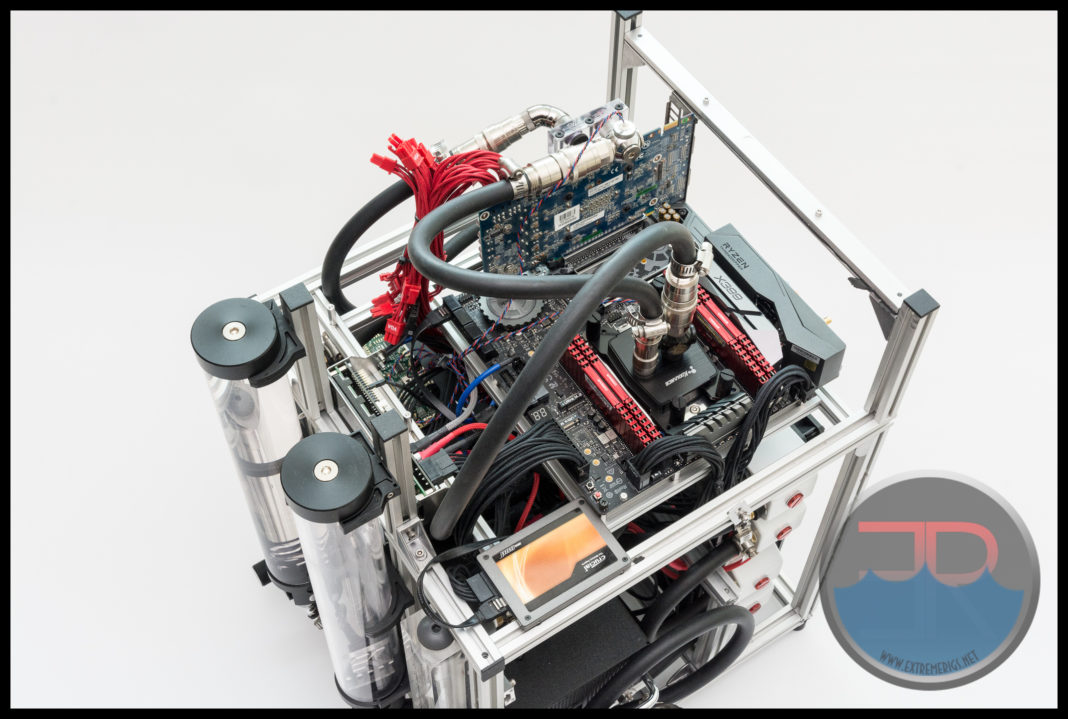
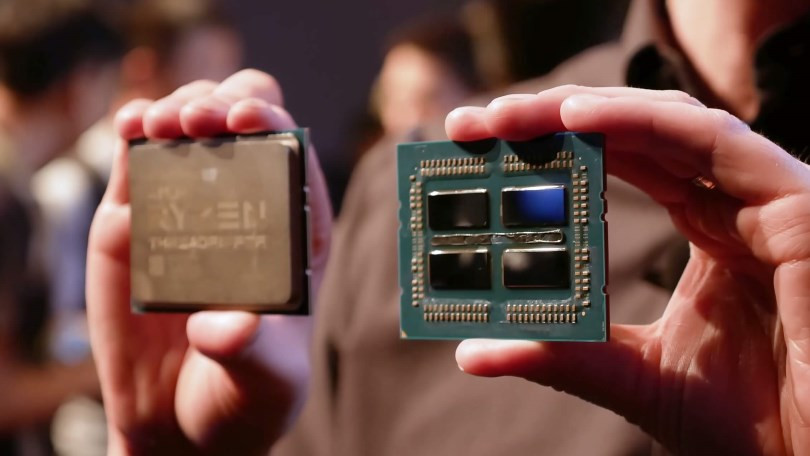
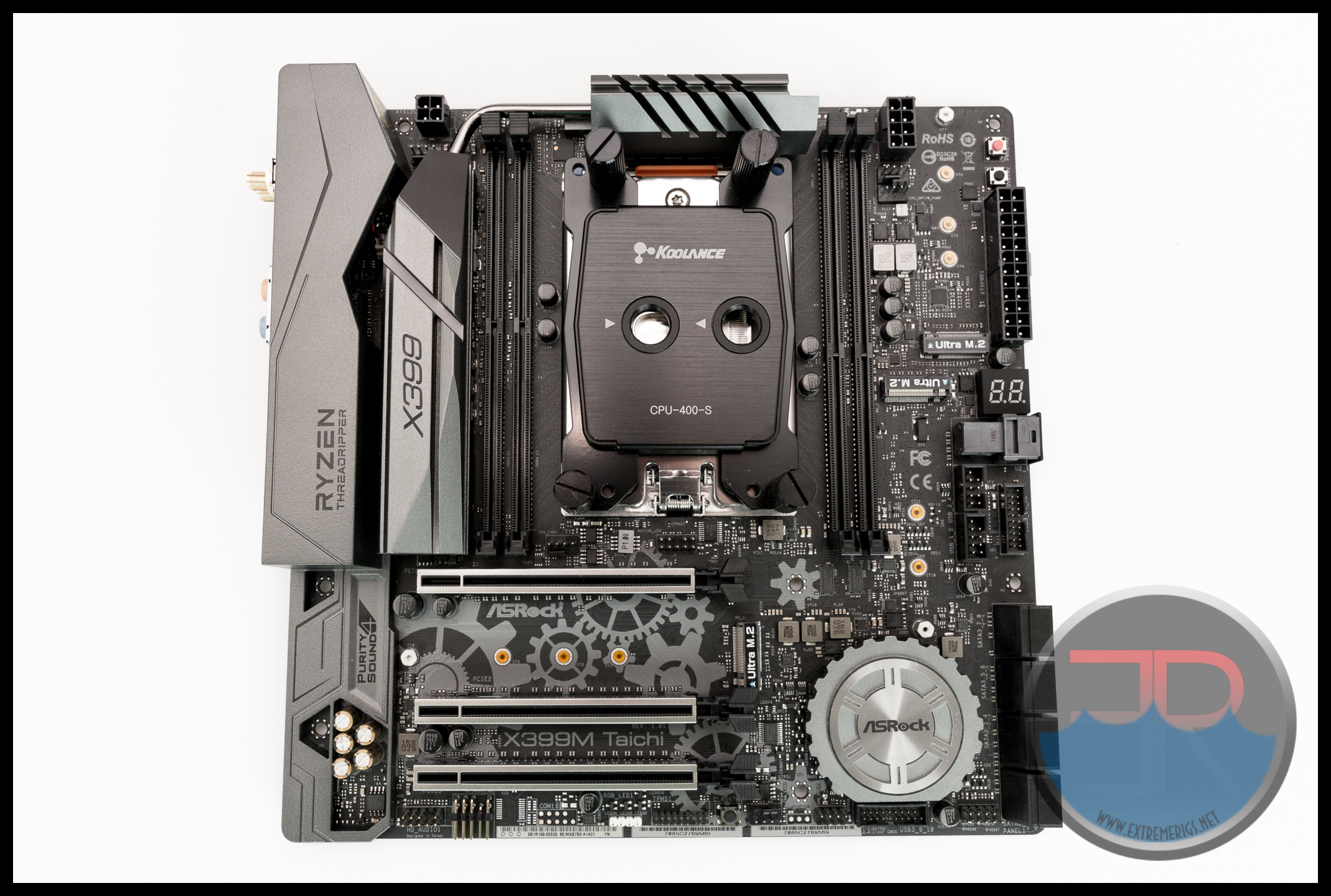



Awesome reviews and love how detailed and simple the articles are, it really helps a lot when coming in choosing different parts which I am currently building, and I am glad I have chosen heatkiller too, athou I am a little worried about the acrylic version overtime while 2990 is in OC status (hot stuff..). fingers crossed.
Comments are closed.